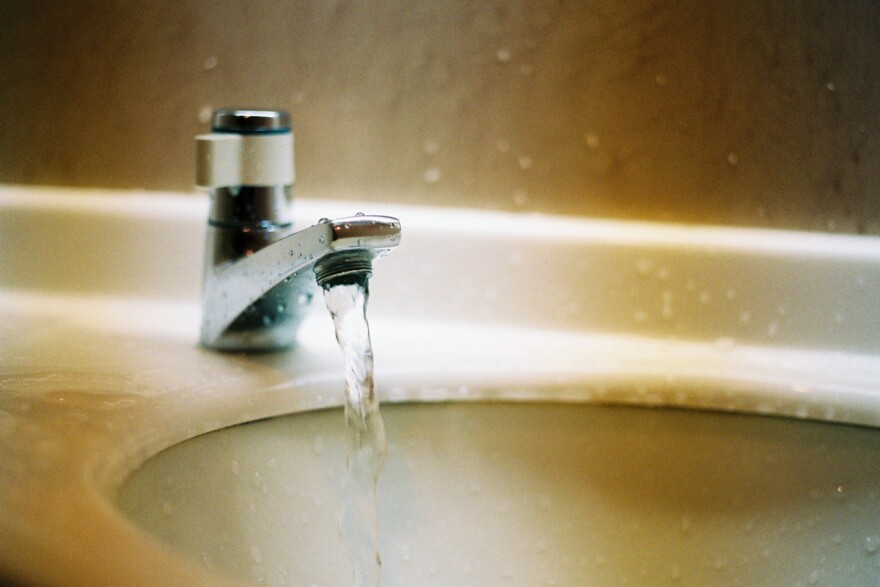Residents living in the midst of the oil and gas boom often wonder if their drinking water may be contaminated by the drilling process.
The U.S. Environmental Protection Agency is working on improving ways to test for that. Agency scientists recently published results of a method to test for five chemicals that often appear in fracturing fluid.
Fears of water contamination have spread across the nation along with energy booms. Many citizens worry that the chemicals used in hydraulic fracturing, some of which are toxic, could end up in drinking water.
Because of this concern, Congress directed the EPA to study the potential impacts of fracking on drinking water. In Colorado, the state has mandated pre- and post-drilling water tests, although that rule has been characterized as "weak" by environmental groups.
While the overall EPA study has many parts, one aspect involves developing methods to test for fracking chemicals in water. In their latest publication [.pdf], EPA researchers describe a way to detect five chemicals with tongue-twisting names: Diethylene Glycol, Triethylene Glycol, Tetraethylene Glycol, 2-Butoxyethanol, and 2-Methoxyethanol.
"One of the primary objectives was to find a rapid, efficient method to detect the five compounds that are in the report," said Brian Schumacher, the acting division director of the EPA's Environmental Sciences Division.

In order to learn if their method worked, the EPA sent samples of water "spiked" with the chemicals – or dummies, with no chemicals – to six labs. The EPA knew which samples contained what, but the labs did not.
The labs used the method to test for the chemicals.
"When all the data came back in from participating labs, we looked at what they got as the answer versus what we knew from the sample," explained Schumacher.
The method worked, he said. The labs were able to detect the chemicals within a standard level of error.
Schumacher did caution that these chemicals are also used in non-fracking applications, so their presence in water would not always mean they came from fracking fluid. The EPA anticipates its methods will be used by others outside the agency, he said.
The agency says its working to complete its big-picture study on potential impacts to drinking water by late 2014 or early 2015.






